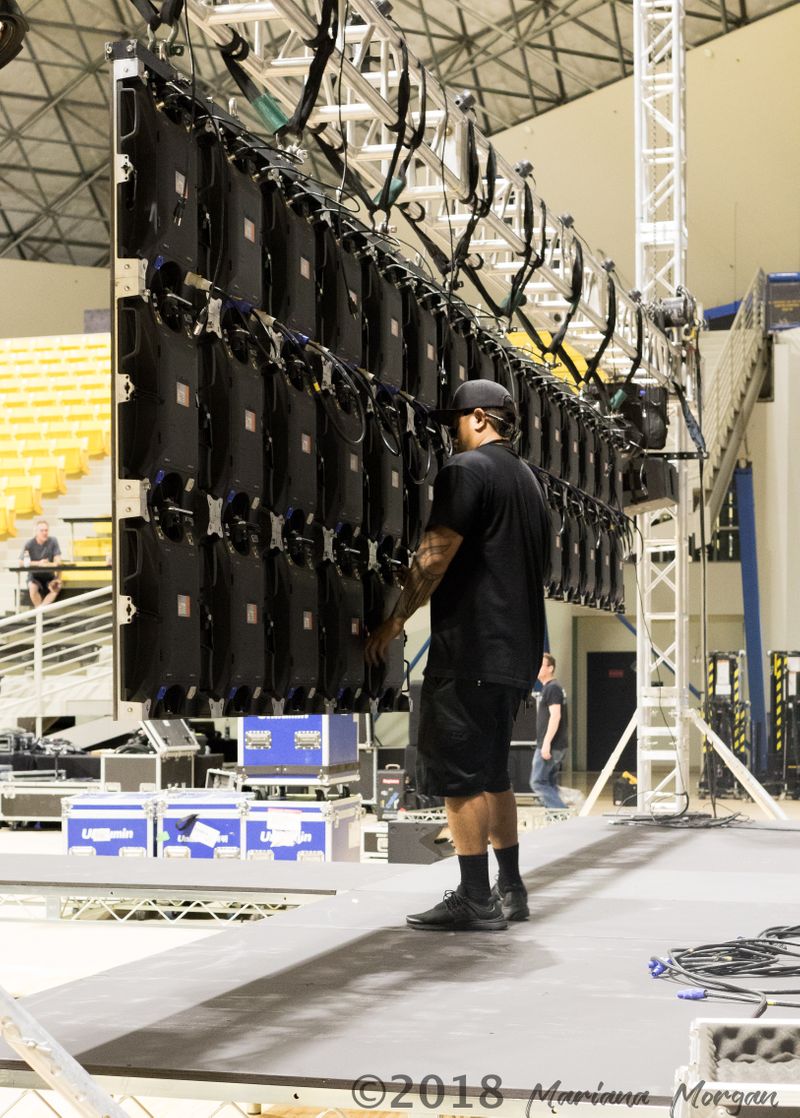Clarifying Luminescent Wall Panel Luminance Measurements for Ideal Display Functionality
Light Emitting Diode panel panels are increasingly popular in various settings, from homes and commercial spaces and public spaces. These panels are recognized due to the vivid as well as dynamic visuals, that render them ideal to communicating data, ads, as well as entertainment. However, comprehending brightness brightness measurements of LED panel screens remains crucial to guaranteeing ideal visual efficacy. Illumination can be quantified using metrics known as candelas, that show the amount of light is emitted from the panel. The greater number of quantity in candelas, the brighter brighter a visual is. For instance, instance, one screen with one thousand candelas stands considerably more vivid than one with 500 candelas, rendering this one better equipped for well-lit environments.

When choosing an Light Emitting Diode wall screen, one becomes crucial in consider the environment in which it will be placed. For well-lit lit areas, such as retail environments and open-air locations, higher increased luminosity level is necessary to ensure visibility. On the other hand, within dimmer settings, like cinemas and meeting spaces, a lower brightness level might be adequate. This excessive bright unnecessary luminosity within an dim setting may result in viewer discomfort for the audience, causing them more difficult for concentrate on a screen. Thus, comprehending specific particular needs of the installation location can help in choosing the right brightness rate to ensure ideal viewing experience.
Another crucial element for take into account the the contrast proportion in an Light Emitting Diode panel panel. The contrast ratio measures the difference between the brightest white and the black shade that a panel can produce. A higher differential proportion indicates the display can it is capable of present led wall panels for events greater clarity as well as richness, which enhances overall image quality. For example, one screen with an contrast ratio of 10,000:1 is able to show visuals featuring greater vivid colors and sharper features than a featuring a ratio of one thousand to one. Such becomes especially crucial when showing visuals or videos that require greater definition as well as fine details, such as presentations or advertising material.
Additionally, the technology mechanism that drives LED wall panels has an essential part in their brightness as well as total efficiency. Different types of Light Emitting Diode methods, including OLED and LCD, possess distinct characteristics that affect the way luminosity is experienced. Organic Light Emitting Diode panels typically provide superior contrast as well as darker blacks, which may improve a viewing experience in dim settings. On the other hand, traditional Light Emitting Diode panels may prove to be better for bright spaces because of their ability for generate greater levels of brightness. Understanding these tech-related variances can guide consumers to making informed decisions based on their specific needs.
In conclusion, consistent care and calibration for Light Emitting Diode wall screens may help maintain optimal illumination as well as efficacy over time. Dirt as well as dirt can build up in the screen, impacting the illumination and sharpness of the visual. Periodic cleaning as well as expert calibration may guarantee that panel screen operates in top best, offering uniform image clarity. Moreover, some sophisticated Light Emitting Diode wall screens feature built-in built-in options which allow operators for adjust illumination levels and hue settings based on individual preferences. Through implementing these measures, users can ensure the their Light Emitting Diode wall panels provide an best display efficiency, find out here now no matter where environment where which they are placed.